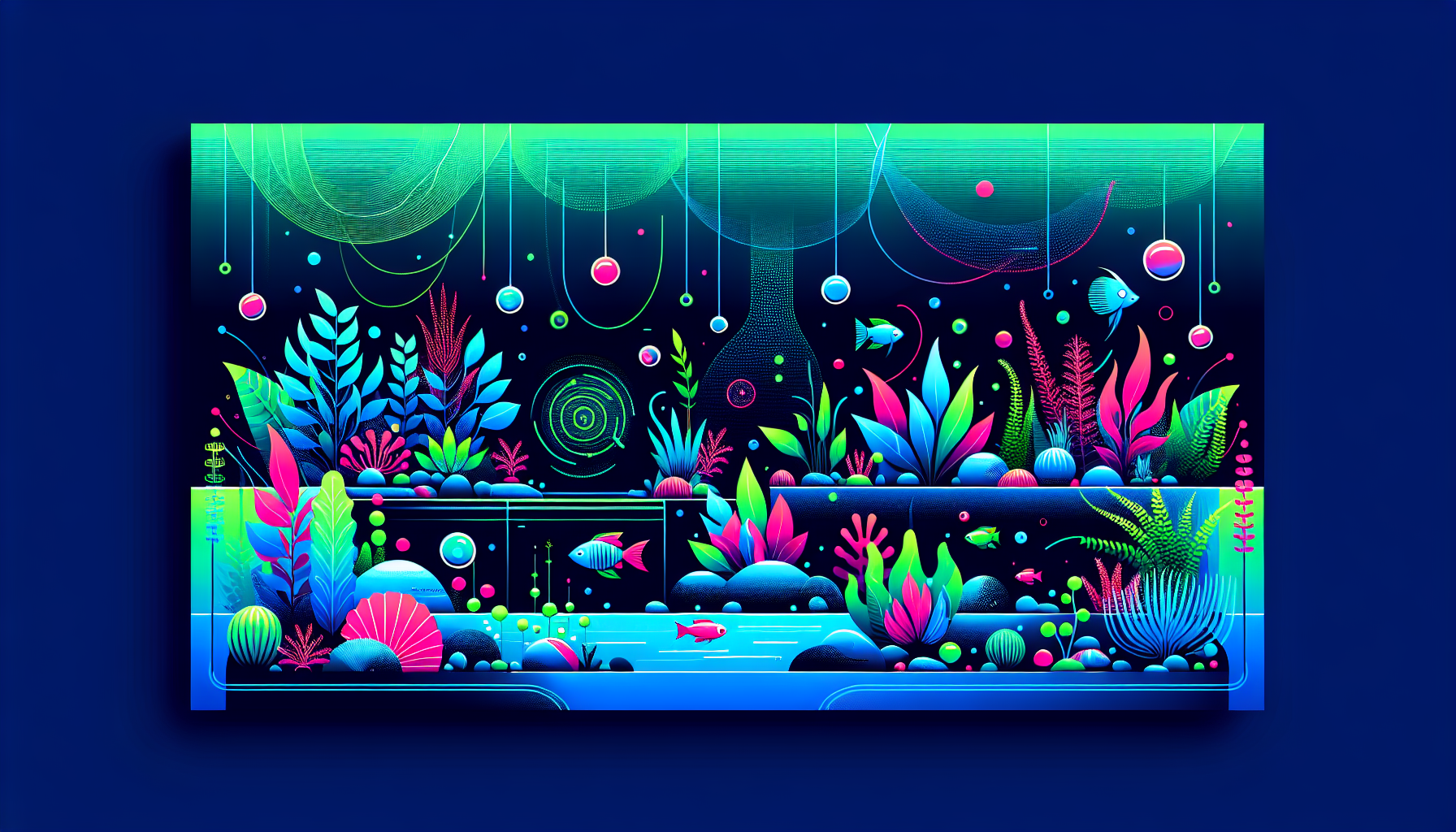The Ultimate Beginner’s Guide to Aquascaping: Create Your First Underwater Masterpiece
Are you fascinated by lush, living aquariums? Aquascaping is the art of designing beautiful underwater landscapes using live plants, rocks, driftwood, and fish. Whether you’re new to the hobby or eager to improve your skills, this comprehensive guide will walk you through every essential step, from planning your aquascape to maintaining a thriving, healthy aquarium.
What Is Aquascaping?
Aquascaping blends creativity and nature, transforming ordinary fish tanks into vibrant miniature ecosystems. Unlike traditional fishkeeping, aquascaping prioritizes visual appeal and plant health, drawing inspiration from landscapes, forests, and even artistic movements. Popular aquascape styles include:
- Nature Aquarium – Inspired by wild, natural environments
- Iwagumi – Minimalist designs using stones and open space
- Jungle Style – Lush, untamed plant growth for a wild effect
- Biotope – Mimics a specific natural habitat
Essential Equipment for Beginners
Starting your first aquascape is simple when you choose the right tools. Here’s a checklist for beginners:
- Aquarium tank (10–20 gallons recommended for easy maintenance)
- LED aquarium lighting (full spectrum for plant growth)
- Filtration system (sponge or canister filters work well)
- Heater (for tropical setups)
- Substrate (nutrient-rich for healthy plants, like aqua soil)
- Aquascaping tools (tweezers, scissors, substrate spatula)
- CO2 system (optional but beneficial for lush plant health)
For a full gear list, visit our detailed aquascaping tools guide.
Choosing the Right Plants and Hardscape
Best Aquatic Plants for Beginners
Successful aquascaping starts with forgiving, hardy plants. We recommend:
- Anubias – hardy, slow-growing, great for attaching to rocks or driftwood
- Java Fern – low light needs, undemanding care
- Cryptocoryne – beautiful foliage and easy to maintain
- Vallisneria – tall, background plant for depth
- Java Moss – versatile and ideal for covering surfaces
Choosing Hardscape: Rocks and Driftwood
Your hardscape sets the layout’s foundation. Popular options include:
- Seiryu stone, Dragon stone, and lava rock for unique textures
- Spider wood and various driftwoods for a natural, root-like effect
Arrange your hardscape according to the “golden ratio” for harmonious, eye-catching designs. Need inspiration? Explore our aquascaping inspiration gallery.
Step-by-Step: How to Set Up Your First Aquascape
- Plan Your Layout – Sketch a simple design balancing plants and hardscape elements.
- Prepare the Tank – Rinse the aquarium and substrate to remove dust and debris.
- Install the Substrate – Create depth by sloping substrate from back to front.
- Add Hardscape – Position rocks and wood firmly before planting, ensuring a stable structure.
- Soak and Arrange Plants – Trim roots and leaves; attach plants to rocks or wood as needed.
- Fill with Water – Slowly fill the tank to avoid disturbing your layout. Use a plate or bag to diffuse water flow.
- Install Equipment – Set up filtration, lighting, and heater.
- Cycling – Run the aquarium for 2–4 weeks before adding fish to establish beneficial bacteria.
Maintaining a Healthy Aquascape
Regular care ensures your aquascape stays vibrant. Key maintenance tasks include:
- Weekly water changes (30–50%) for ideal water quality
- Prune and trim plants to maintain the design and remove dead leaves
- Dose liquid fertilizers as needed for robust plant growth
- Monitor CO2 levels if using a system
- Check filter and equipment to keep everything running smoothly
For troubleshooting, see our aquarium plant problem solver.
Frequently Asked Questions About Aquascaping
Do I need CO2 injection for my aquascape?
While many plants thrive without CO2, adding CO2 boosts growth, color, and overall health—especially in high-tech aquascapes.
What fish and shrimp are best for planted tanks?
Consider small, peaceful species like neon tetras, ember tetras, or shrimp such as Cherry and Amano shrimp, which help clean algae and detritus.
How do I prevent algae in my aquascape?
Maintain consistent light, avoid overfeeding, ensure good water circulation, and introduce algae-eating animals for balance.
Start Your Aquascaping Journey Today!
Aquascaping is a rewarding and creative hobby accessible to everyone. With the right approach, tools, and knowledge, you can craft a mesmerizing planted aquarium in your own home. Have questions or want to share your first tank? Join the conversation on the Aquascaping Academy Community!
Ready to get started? Browse our beginner aquascaping courses for step-by-step tutorials, expert tips, and inspiration!



